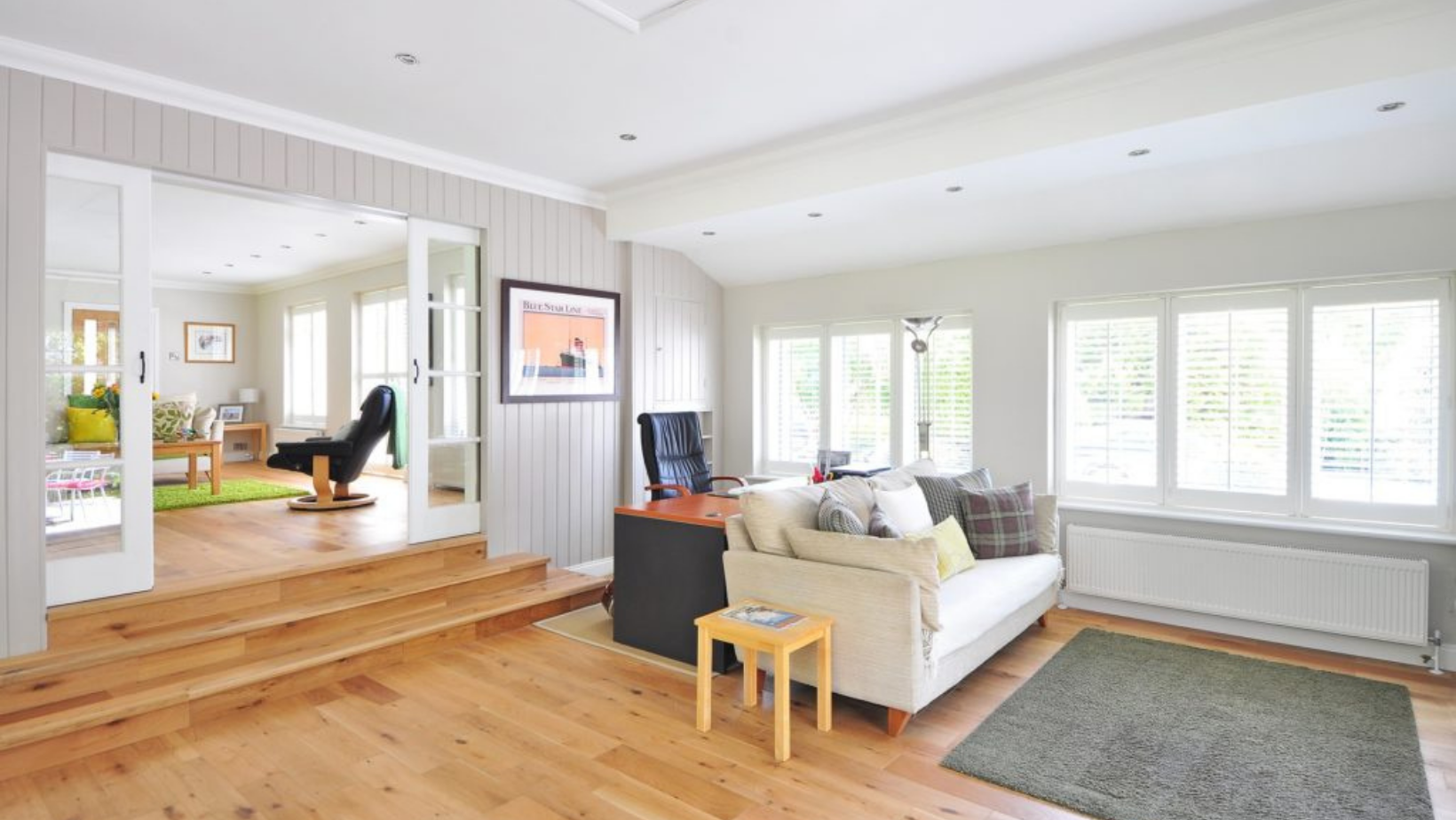
Modern laminate flooring options are so advanced that they can mimic the look of hardwood like oak, mahogany and teak. In some cases, it’s actually pretty hard to tell the difference. That being said, nothing can beat the look and value of authentic hardwood, and there are ways to differentiate between the two types upon closer observation.
Check out these tips on how to tell the difference between hardwood and laminate floors.
Wear and Tear
When hardwood floors get older, they experience variations in color and texture due to sunlight or moisture exposure. Laminate can retain its appearance for longer because it has been engineered to handle normal wear and tear. That said, laminate surfaces, while water- and stain-resistant, can experience swelling and chipping in the joints between planks. This is why laminate shouldn’t be used in bathrooms.
Repeating Patterns
Laminate flooring features a repeating pattern. It may take you a minute to find it, but when you do, you may not be able to “unsee” it. Modern laminate can now repeat patterns in ways that look more authentic than systematic, but even the best laminate can’t escape this patterned fact.
With hardwood flooring made from solid wood, every board is unique and has its own one of a kind grain. This is one of the main reasons why discriminating home owners won’t use laminate in place of hardwood.
Scratch Marks
Hardwood can fall victim to scratch marks or indentations because they are soft by nature. While this softness lends an elegance and class to your flooring, it can make it more susceptible to minor damage. Laminate can scratch when damaged enough, but in general it resists scratches more readily than its hardwood cousin.
Nail Holes or Staples
Hardwood floors may be stapled and nailed into place, which can affect appearance. Laminate is installed with a tongue-and-groove system for a more seamless appearance.
Longevity
There’s no doubt about it: hardwood will last a few generations with proper care. The same can’t be said about laminate flooring. A properly installed hardwood floor can last for 75 years or longer, while laminates must be replaced after about 20 years. Laminate is more affordable, but you get what you pay for.
Now that you know the main differences between laminate and hardwood, you can make a more informed decision on the best flooring type for your style, home and budget.
Contact Designer Wood Flooring
Our design team can visit your home for a no-obligation consultation and clue you in to the benefits and drawbacks of hardwood. If you decide to install this classic option, we are more than happy to help. Call our experienced hardwood designers and installers today.




